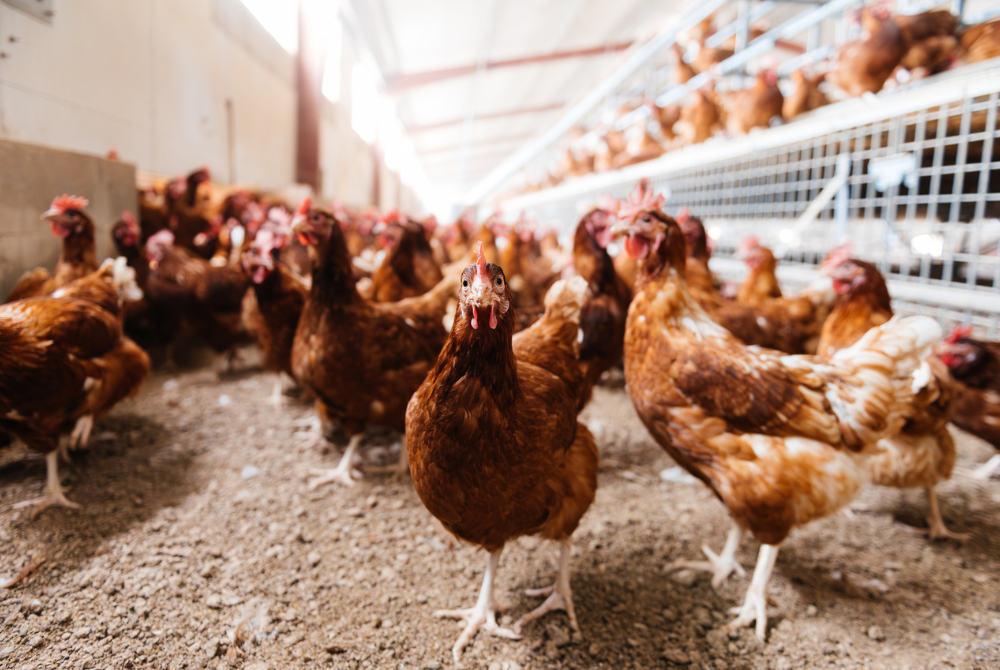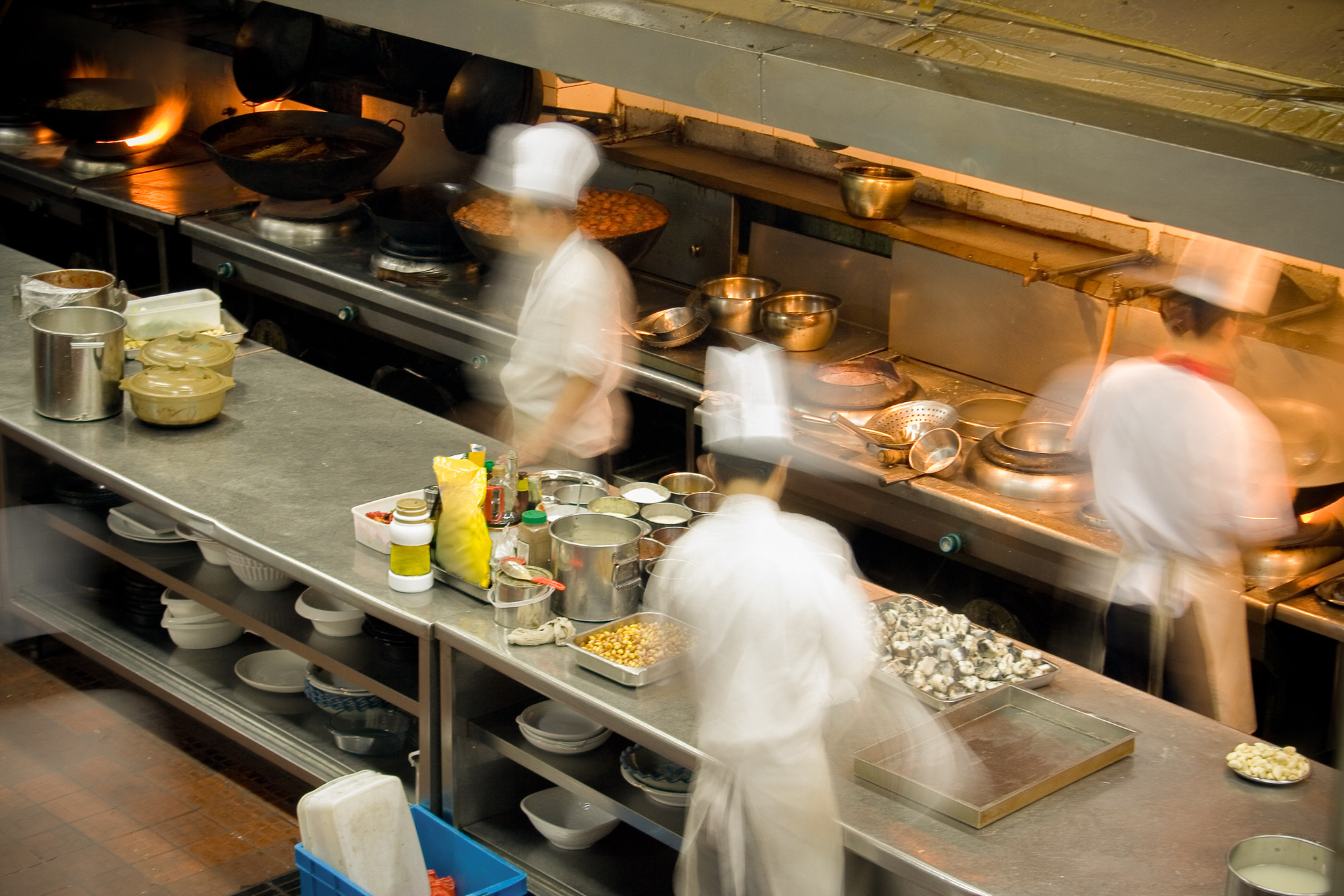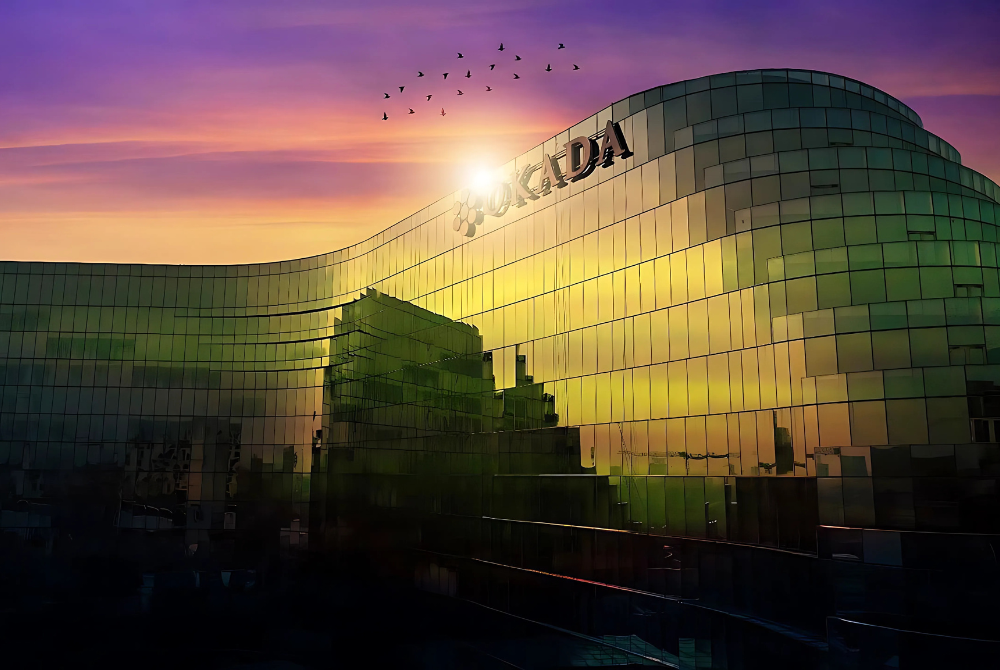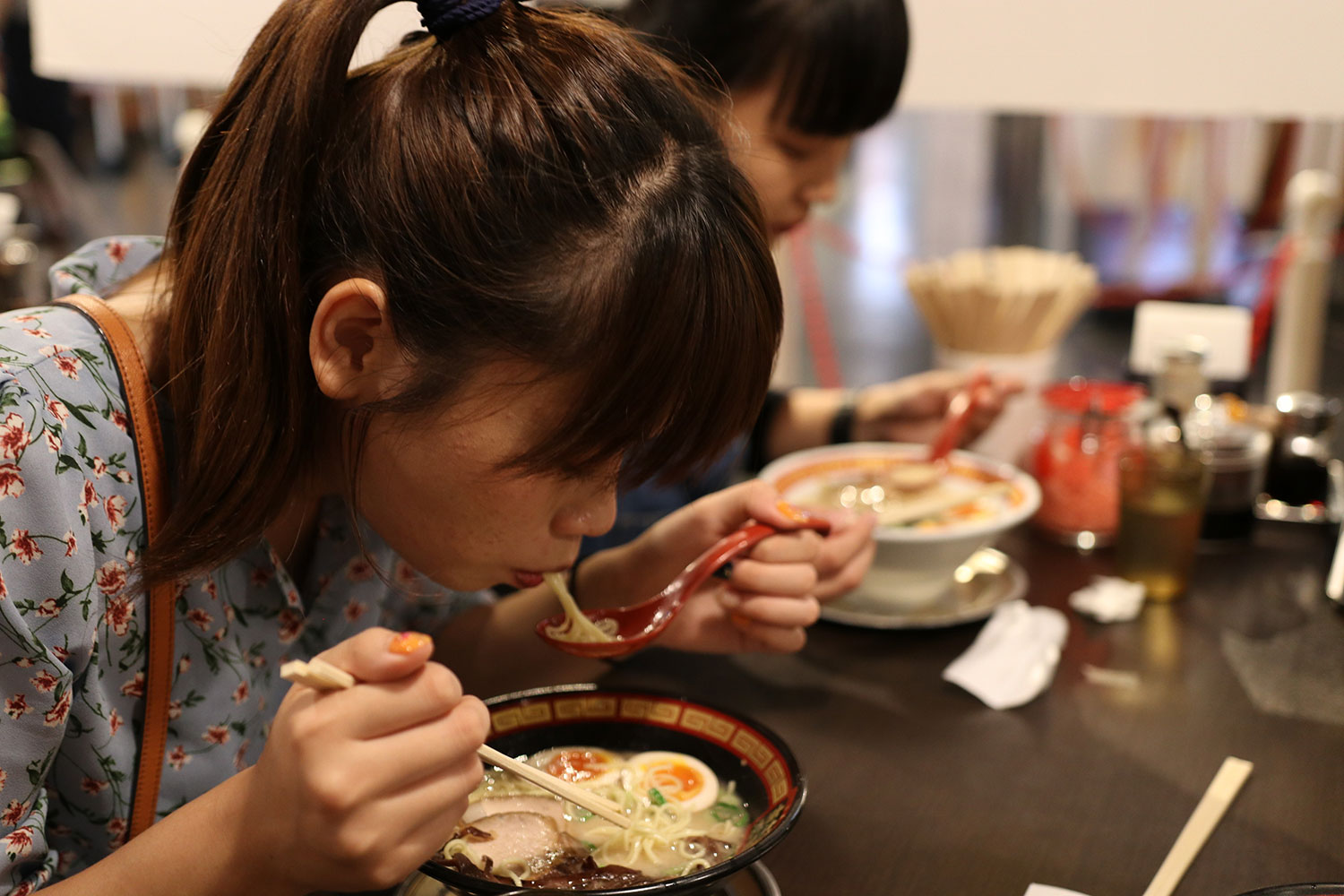September 10, 20252025年 09月 10日
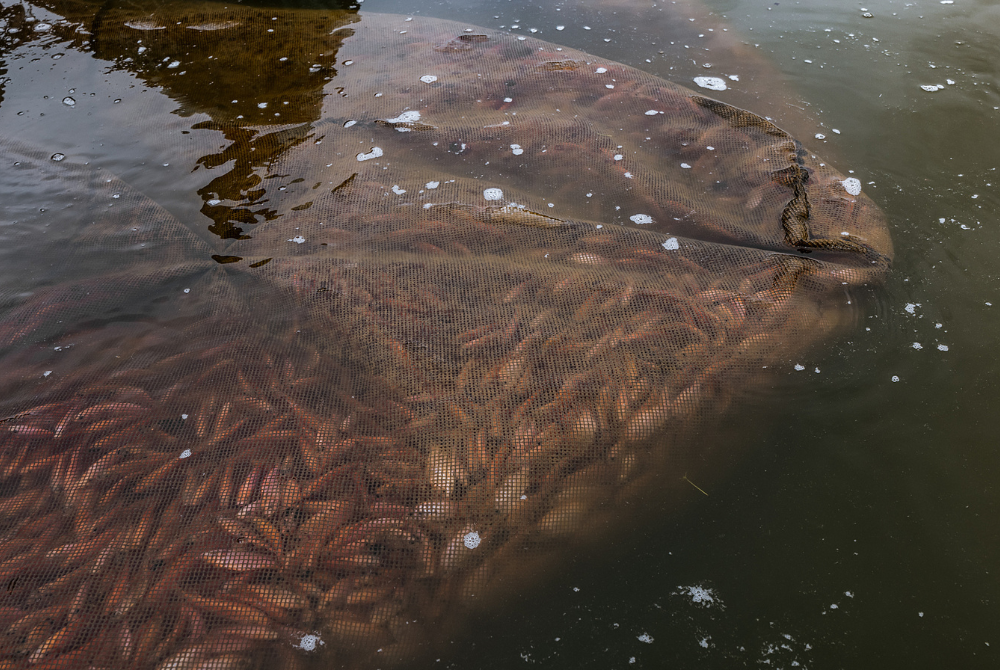
In the pre-dawn darkness of an Indonesian shrimp farm, thousands of tiny bodies float belly-up in murky water. Their gills flutter weakly in the oxygen-depleted pools. The farm manager wades through, netting the casualties—a routine so common it barely registers. Across Asia’s coastlines, this scene repeats in countless operations, mostly unseen by the global consumers who will eventually eat what survives.
The numbers behind these morning dead-counts reveal an industry operating at a scale that dwarfs every other form of animal agriculture. Globally, 133 billion farmed fish and 630 billion farmed shrimp are raised annually. Asia hosts the majority of these operations across its rivers, coasts, and converted rice paddies. Add to that the up to two trillion wild-caught fish pulled from oceans worldwide each year. Consequently, seafood production represents by far the largest number of animals used for food globally—trillions of lives and major envisronmental impacts that until recently existed in what was largely a blind spot for those working toward a more sustainable food system.
Industry-Wide Framework Addresses Policy Gap
The Model Seafood Welfare Standard, released at SeafoodWelfare.org, provides food companies with enforceable parameters for sourcing fish and crustaceans. This seafood welfare standard complements existing corporate policies on cage-free eggs, crate-free pork, and Better Chicken Commitment poultry. However, it fills a critical gap. While many companies have addressed environmental sustainability and human rights in seafood supply chains, seafood welfare has remained absent from corporate animal welfare policies.
Eight leading animal protection NGOs spanning North America, Europe, Asia, and Latin America developed and endorsed the standard. Their collaboration signals consensus on baseline requirements. Recently, an increasing number of food companies have adopted MSWS parameters. These include Espresso House, Costco, JDE Peets, and others implementing some or all standards in their supply chains. The trend signals a market shift toward accountability.
Implementation Tools Support Transition
SeafoodWelfare.org includes a free searchable directory of thousands of global suppliers that already meet all or some MSWS parameters. The directory sorts by species, country, production method, and other criteria. Therefore, seafood sourcing managers can identify and source from producers meeting key animal welfare standards.
“Seafood represents by far the largest number of animals used for food globally,” said Astrid Duque, Program Manager at Lever Foundation. This U.S.-based NGO has helped food companies develop seafood welfare policies. “It is now easier than ever for food companies and sourcing managers to phase the worst cruelties out of their seafood supply chains. We are excited that a rapidly increasing number of food companies are adopting common-sense animal welfare standards like the Model Seafood Welfare Standard.”
The Standard addresses critical welfare issues for both farmed and wild-caught fish. For aquaculture, it covers water quality and disease management, environments, mutilations, and humane stunning. Meanwhile, for wild-catch producers, the Standard focuses on eliminating harmful catch methods, reducing bycatch, and ensuring humane slaughter. Furthermore, MSWS aligns with and endorses certification programs incorporating meaningful animal welfare principles. These include the Aquaculture Stewardship Council, Naturland, RSPCA Assured, and Global Animal Partnership.
The tools now exist—standards codified, suppliers mapped, implementation pathways documented. What corporate policies have historically been ignored now have measurable benchmarks. Pre-dawn routines continue at shrimp farms, at processing facilities in Thailand, and at fishing operations throughout Southeast Asia. But the framework for transformation sits ready. The question shifts from whether change is possible to which companies will lead it.





